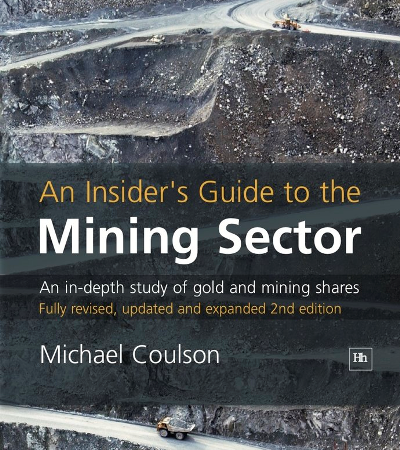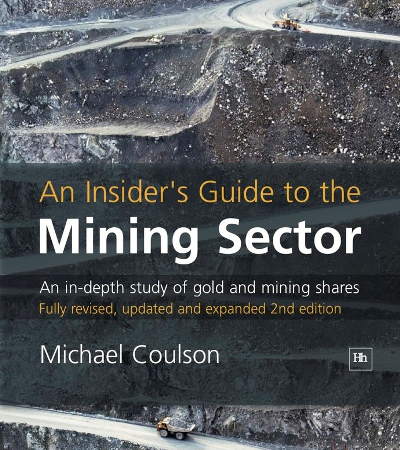To order a copy of An Insider’s Guide to the Mining Sector, please click here: http://www.harriman-house.com/book/view/66/investing/michael-coulson/an-insiders-guide-to-the-mining-sector/
Madness in Mining Markets
This section looks at a few examples of the sort of madness that can infect mining share markets. Such events are sometimes loosely described as scams, although often what happens is far more an issue of wild over enthusiasm on the part of investors. However, we start with a genuine scam, and a fairly recent one at that, with plenty of lessons to teach about market navigation – Bre-X and its gold project on Kalimantan.
Bre-X Minerals
The company was incorporated in Canada in 1988. The two key personalities in Bre-X were John Felderhof and David Walsh, the former a geologist and the latter a stockbroker. Both men had been short of money in their early professional years, and in its early days Bre-X seemed infected with the same problem. Interestingly Felderhof and Walsh’s first venture together was a trip to the island of Kalimantan in Indonesia some five years before Bre-X was founded.
























